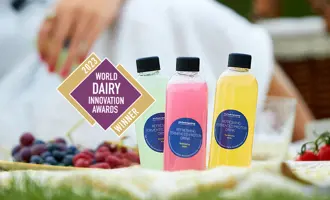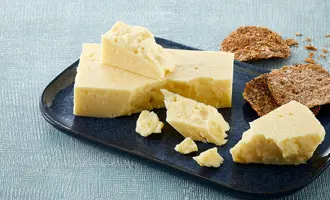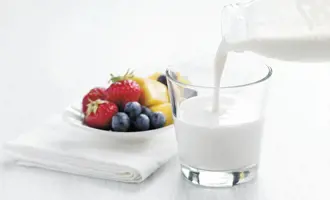Dairy manufacturers can sharpen their natural image using functional whey-based solutions
Many consumers today look twice when choosing which dairy products to buy from the local store. For, while yoghurts, cheese and dairy desserts are still seen as naturally healthy, they may contain additives or other components that people want to avoid.
In the UK, for example, more than 70% of consumers say they are interested in avoiding foods with E-numbers, and over 80% of US consumers seek more natural foods. Among consumers in France, Italy, Spain and Poland, almost 30% prefer to buy dairy drinks that are non-GMO*.
So, if you’re a dairy manufacturer looking to hold consumer attention, a squeaky-clean label with all-natural ingredients is a good way to go.
A simple dairy dose
Ingredients derived from natural whey can help you get there. Delivering customised texture, creaminess, stability and, in some cases, higher yield, they can provide the functionality you need in one pure dairy addition – eliminating the need for non-dairy additives.
At Arla Foods Ingredients, we’ve successfully tested two whey protein solutions in our low-fat cheddar and drinking yoghurt concepts. We also have clean-label solutions that work in cottage and cream cheese, stirred yoghurt and quark desserts.
Reliable sourcing
We take pains to ensure our ingredients are free of unwanted components, too. All our whey comes from the milk of grass-fed cows** and is hormone-free, non-GMO and free of antibiotic and pesticide traces.
* Mintel market research
** During periods with shortage of pasture growth and low nutritional value of the grass, our farmers may use a foliage-based supplemental feed such as silage or hay. The nutrition of our cows may also include grain to ensure the animals’ well-being. Livestock may only be given feed that complies with the relevant legal requirements. We believe the above-mentioned points are fully consistent with the USDA definition of grass/forage-fed.






